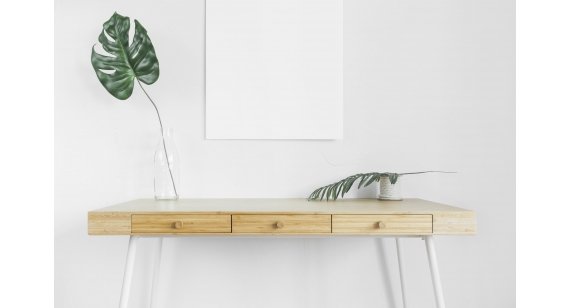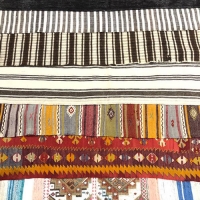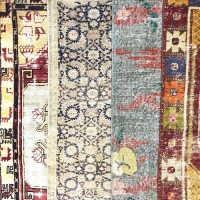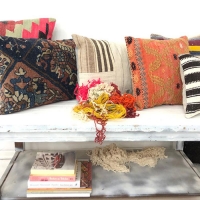
TYPES OF WEAVING IN CARPET
Carpets and rugs that have been renewing themselves and reflecting the local patterns and colors in the best way have gained a great reputation today. In the past people have used carpets and rugs in various areas. They expressed their feelings and thoughts with their emotions and longings. In this way, the fabric was sometimes the saddle of the horse, and sometimes the sacks of the goods were moved. Especially the rug was the cradle of his human birth and the cover of his coffin in his death.
While the villagers who used to weave carpets generally used fixed, vertical looms, the nomads preferred the horizontal looms where the piles were stuck to the ground due to their portability.
Some carpet benches have a fixed width and are adjustable. In addition, this system is preferred in contemporary rug workshops. The direction of the rug separated from the carpet is the touch of the hairless and knotless. This feature is the most important aspect of the carpet separated from the carpet.
In the context of woven carpets, it is possible to differentiate pile carpets into knitted carpets, aksminister carpets, foggy-aksminister carpets, senile-aksminister carpets and double shuttle carpets. Many carpets and rugs are produced by machines and these production is carried out under factory and manufacturing conditions. Motifs and colors are determined by orders received by the manufacturers. Also some carpets and rugs are woven with merchant orders for commercial purposes. In addition, there are the carpets and rugs that people weave for their own homes.
Rugs in the weaving: bell, sumac, wrapping, motif, cicim, hopan and tulle is in the form of weaving. In some of the rugs woven for commercial purposes, the patterns are obtained by ordering several times larger magnifications of the small motifs on the borders or floors of the old rugs. In the other part, it is made by adhering to the desires of some export companies and the models they have drawn and ordered. These second group designs constitute the majority. Ordering companies specify the colors demanded products according to him. Another point seen in rugs woven for commercial purposes; rugs are given an artificial appearance. As is known, the yarns are dyed, the batch party is dyed and the same color cannot be obtained each time. After the abraj weaving, it is possible to describe the color mismatch of the same color yarns on the surface of the rug. In today's rugs woven for commercial purposes, different tones of colors are used to give this appearance. In addition, an old look is given to the rug by fading in the sun.



